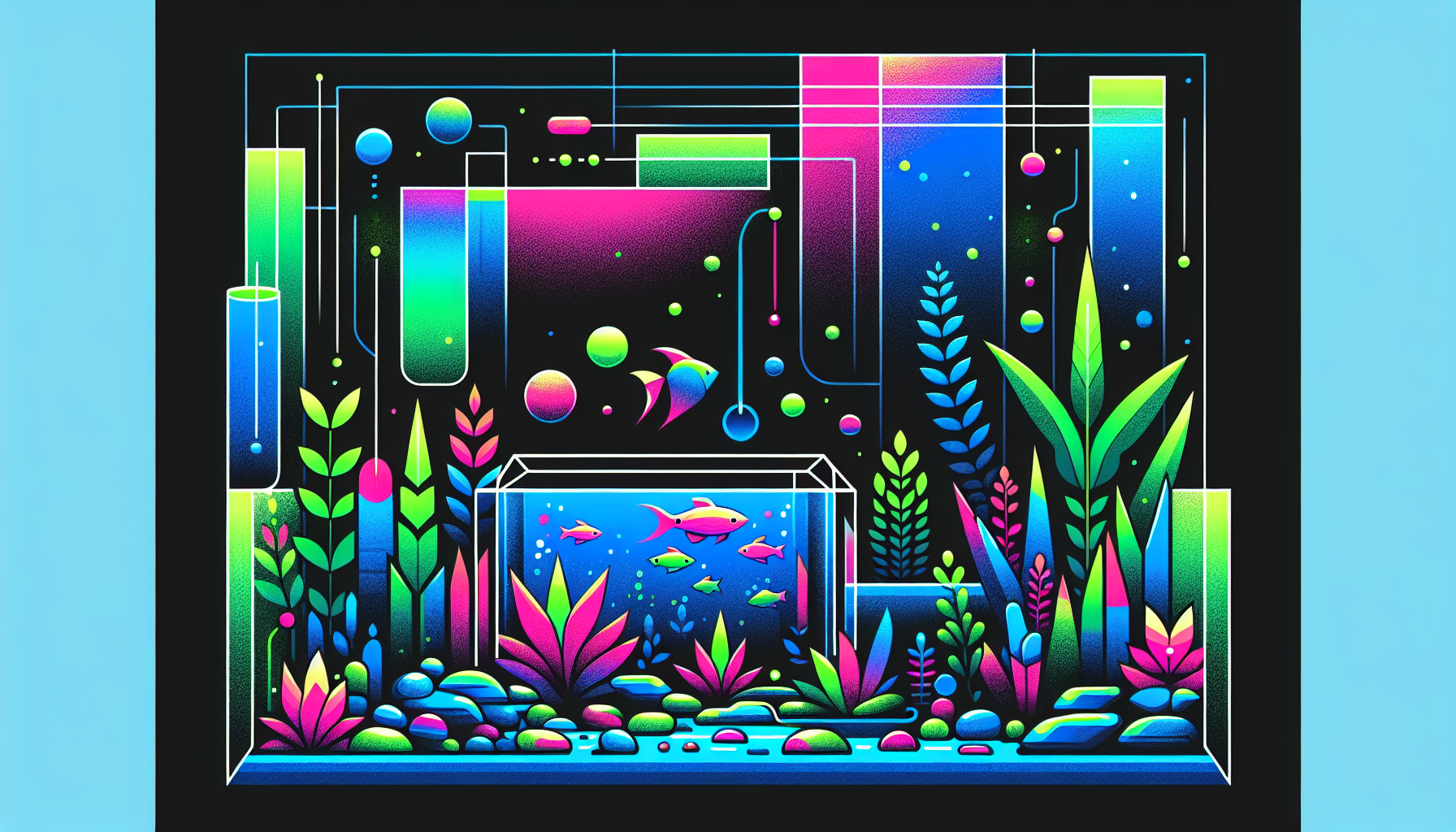The Ultimate Beginner’s Guide to Aquascaping: Tips, Techniques & Inspiration
Welcome to the exciting world of aquascaping! Whether you’re dreaming of lush underwater jungles or striking minimalist layouts, aquascaping offers endless creative possibilities for your aquarium. This comprehensive guide will provide aquascaping beginners with expert tips, proven techniques, and inspiring ideas to set up and maintain a thriving, beautiful aquascape.
What is Aquascaping?
Aquascaping is the art of designing and arranging aquatic plants, rocks, driftwood, and other natural elements inside an aquarium to create visually stunning underwater landscapes. From serene nature aquariums inspired by classic aquascape styles to dramatic hardscape layouts, aquascaping blends artistic expression with aquatic science.
Essential Equipment for Aquascaping Beginners
Before you start scaping, you’ll want to gather the right equipment. Here’s what you need to begin:
- Aquarium Tank: Start with a clear, rimless glass aquarium (10–20 gallons is ideal for beginners).
- Lighting: Quality LED lighting promotes healthy plant growth and brings out the colors in your aquascape.
- Filtration: A reliable filter maintains water clarity and quality for both plants and fish.
- CO₂ System (Optional): Supplemental CO₂ optimizes plant health, especially in high-tech setups.
- Heater: Ensures stable water temperatures, especially for tropical setups.
For more details, check out our comprehensive aquascaping supplies guide.
Choosing Aquascaping Substrate and Hardscape
Substrate Selection
The best aquarium substrate supports plant roots and adds to your aquascape’s visual appeal. Options include:
- Aquasoil (nutrient-rich, ideal for plants)
- Sandy or gravel substrates (good for hardscape-heavy layouts)
Hardscape Materials
Hardscape forms the backbone of your aquascape. Popular materials are:
- Rocks: Seiryu, Dragon Stone, Lava Rock, and more.
- Driftwood: Spider wood, Malaysian driftwood, Branch wood.
Combine substrate and hardscape to create depth, drama, and natural flow in your aquarium.
Selecting the Best Aquarium Plants for Beginners
Starting with easy, low-maintenance aquarium plants ensures early aquascaping success. Great beginner choices include:
- Anubias – Hardy and shade-tolerant; attach to driftwood or rocks.
- Java Fern – Thrives in low light, needs little maintenance.
- Cryptocoryne – Versatile; various colors and leaf shapes.
- Mosses (e.g., Java Moss) – Excellent for adding texture.
- Amazon Sword – Bold, fast-growing background plant.
Want to mix it up? Explore our aquarium plant guide for more options.
Aquascaping Layouts: Popular Styles for Inspiration
There are several classic aquascape styles to inspire your first creation:
- Nature Aquarium: Mimics natural habitats; uses asymmetry and negative space.
- Iwagumi: Minimalist Japanese style focused on carefully placed rocks.
- Dutch Style: Lush, garden-like with distinct plant groupings and layers.
- Biotope: Faithful recreations of specific river, lake, or aquatic habitats.
Get inspired with our aquascape gallery and see which style resonates most with your vision!
Step-by-Step Aquascaping Setup for Beginners
- Plan your layout: Sketch your idea, keeping plant heights, rock placement, and open space in mind.
- Add substrate: Create slopes for a natural look; slope higher at the back for depth.
- Arrange hardscape: Set rocks and driftwood before filling with water; adjust until satisfied.
- Plant selections: Place taller plants at the back, mid-sized in the middle, and carpeting plants up front.
- Fill slowly: Add water gently to avoid disturbing the layout. Use a plate or plastic sheet to diffuse the flow.
- Equipment setup: Install filter, heater, lighting, and CO₂ system if using.
- Cycling: Allow your tank to cycle before introducing fish or shrimp.
Check our beginner aquascaping tutorial for more setup tips.
Basic Aquascaping Maintenance Tips
Keeping your aquascape healthy and beautiful requires regular care:
- Perform weekly water changes (20-30%).
- Trim plants to control growth and maintain shape.
- Siphon debris from substrate and hardscape.
- Clean filter media regularly.
- Add fertilizers as needed for plant health.
Follow our aquascape maintenance guide for detailed instructions.
FAQs: Your Aquascaping Questions Answered
Do I need CO₂ for my aquascape?
Low-tech setups can thrive without CO₂, but supplementing can boost growth and coloration in demanding plants.
Can I keep fish in my planted aquascape?
Absolutely! Just choose compatible species. Small schooling fish, shrimp, and snails are popular in planted tanks.
How do I prevent algae?
Balance lighting, nutrients, and CO₂. Don’t overfeed, and perform regular maintenance to minimize algae outbreaks.
Start Your Aquascaping Journey Today!
Aquascaping is an exciting blend of nature, creativity, and aquatic care. As you begin your journey, remember that trial, error, and experimentation are all part of the process. For more in-depth guides, expert tips, and inspiration, explore our growing library at Aquascaping Academy.
Ready to create your dream aquascape?
Visit our beginner resources or contact us with your questions. Dive in and join the global aquascaping community today!



